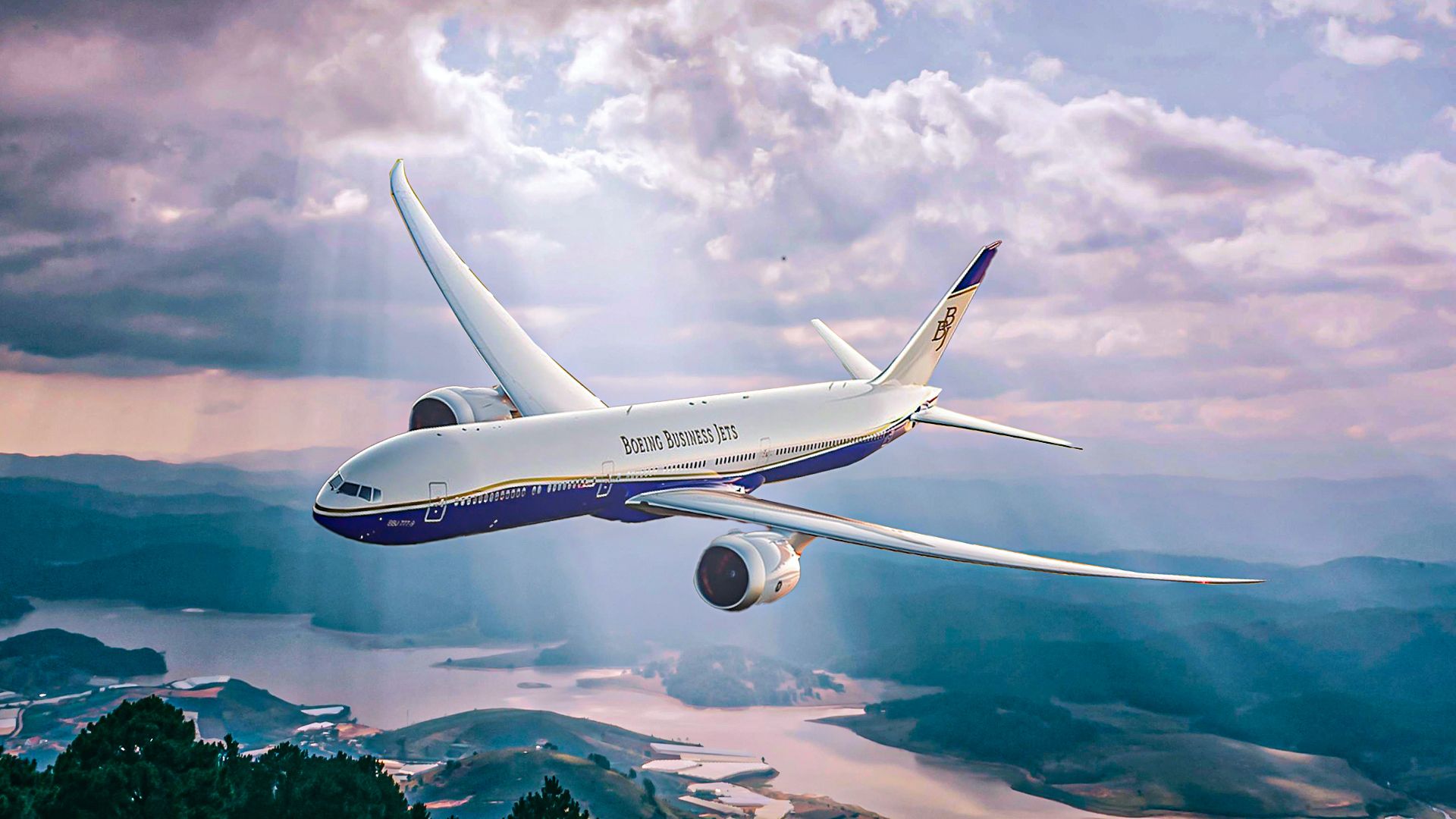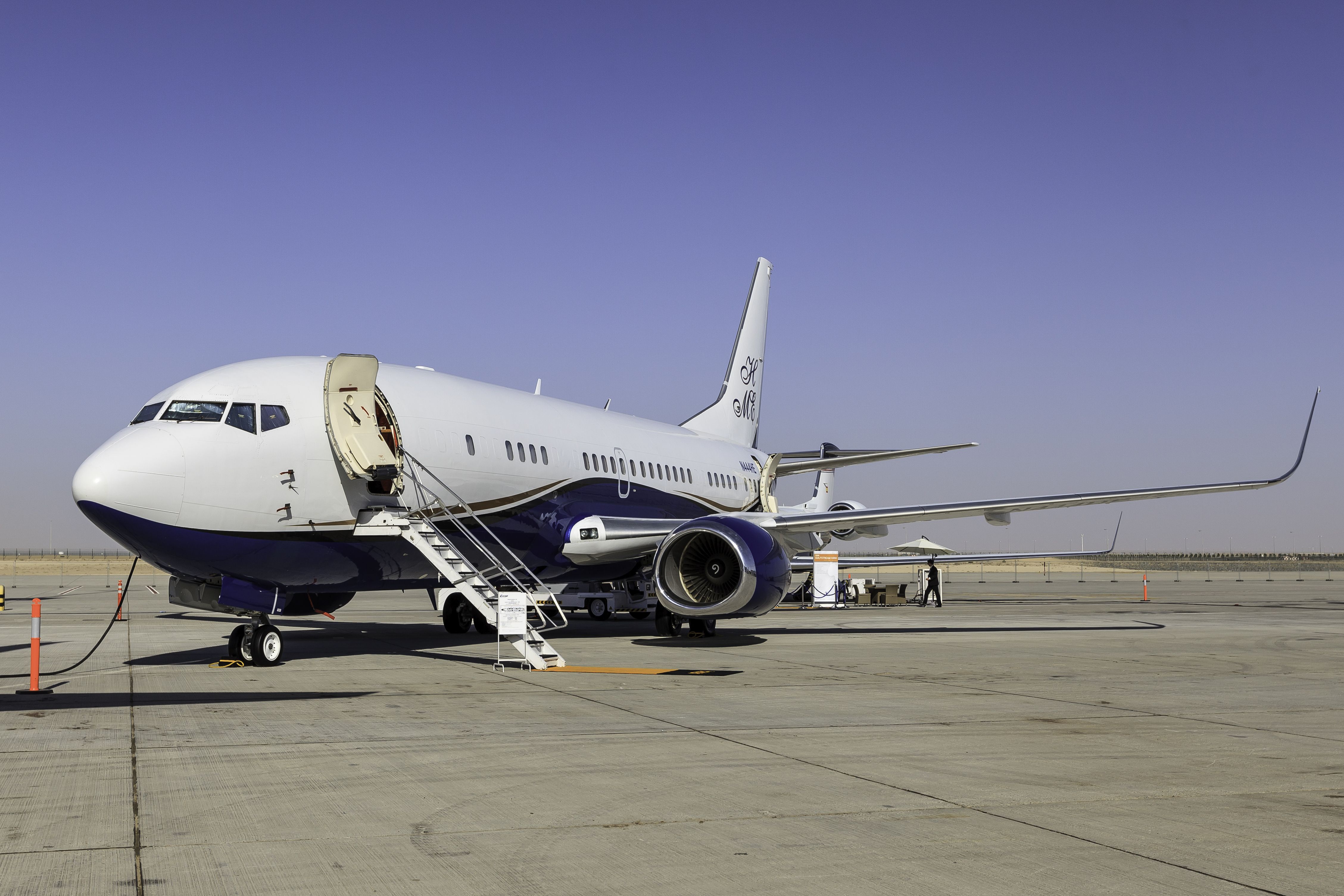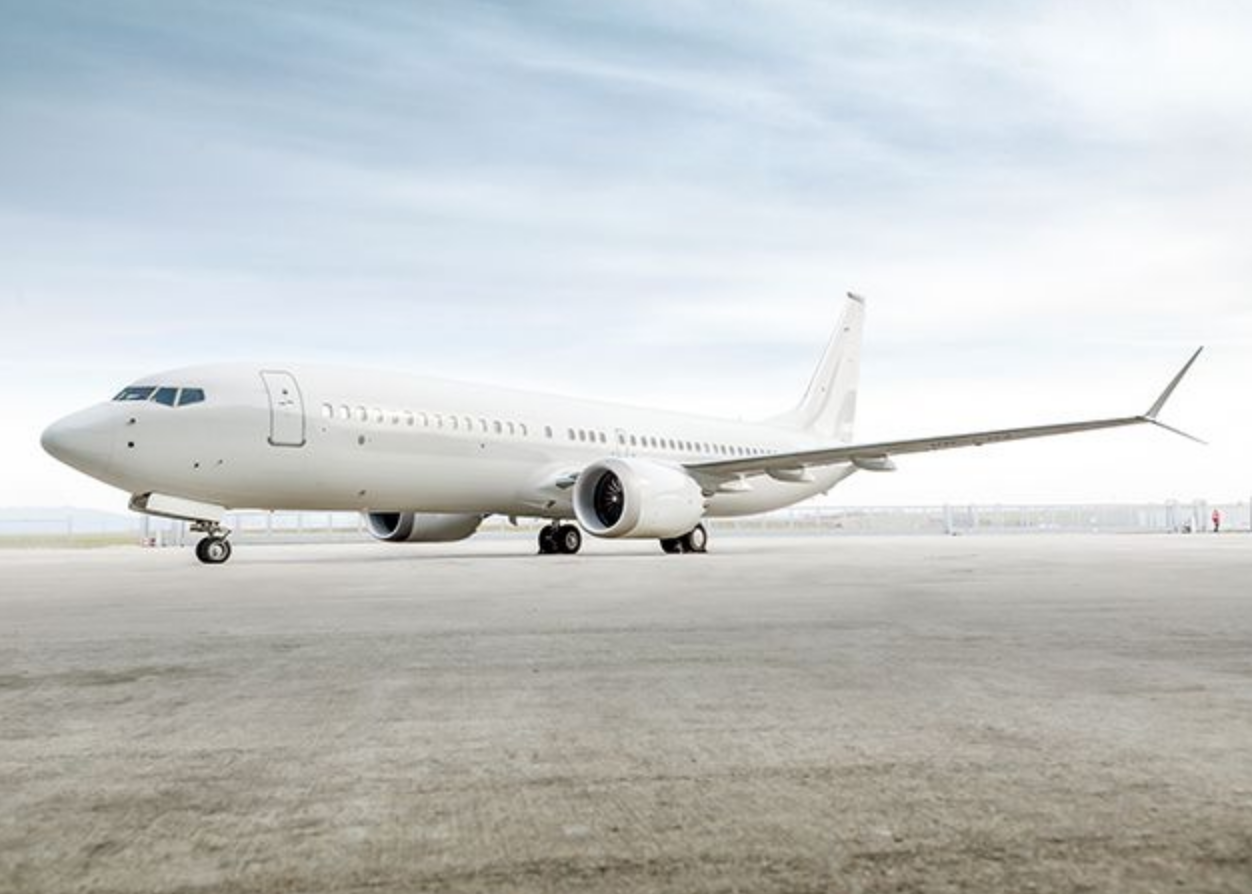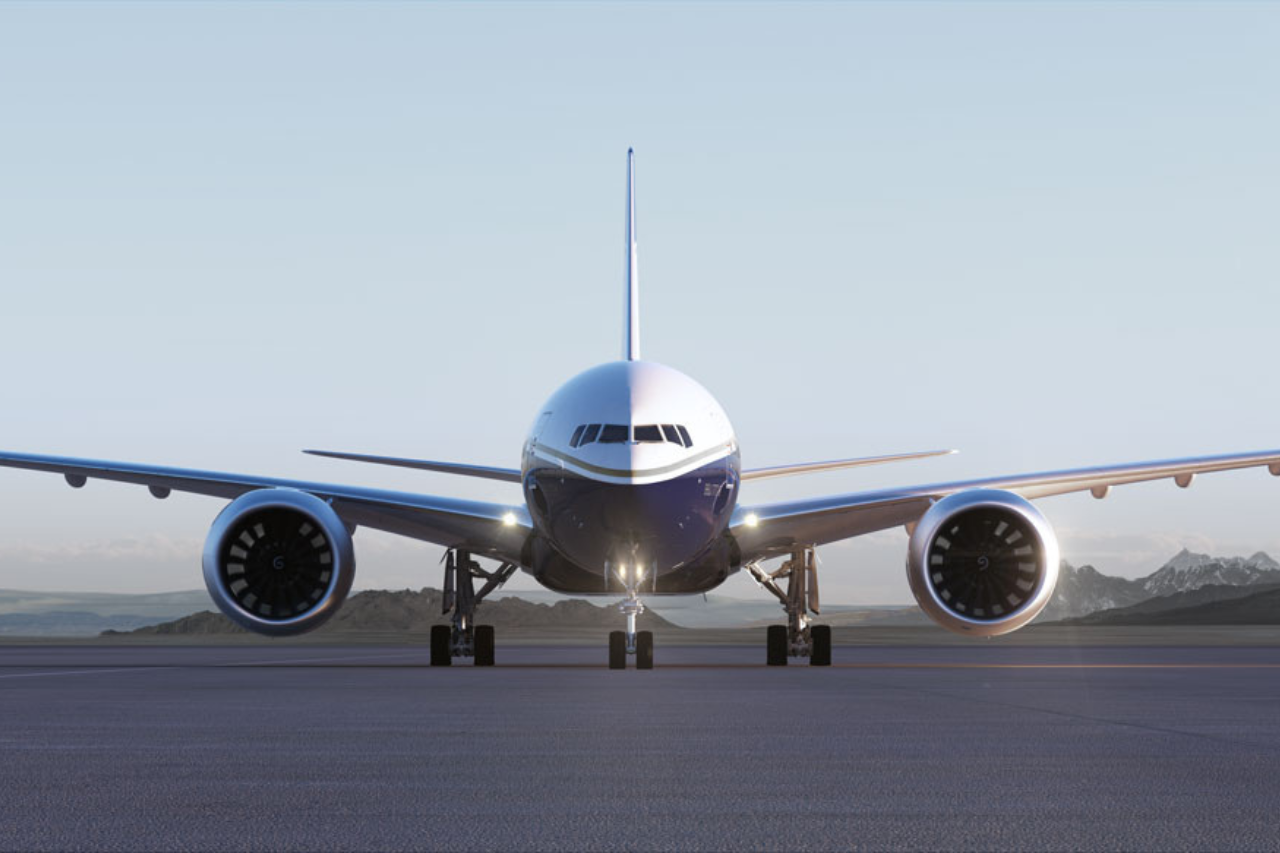Summary
- Boeing is known for producing iconic military aircraft like the B-29 Superfortress.
- Boeing ventured into the private aviation market by converting popular commercial airliners into business jets.
- Operating costs for Boeing’s range of business jets vary significantly, from $2.5M to over $8.5M annually.
Boeing is one of the most notable aerospace companies in the world. The company is widely known for its extensive history of producing some of the world’s most unique military aircraft, such as:
- Boeing B-29 Superfortress
- B-47 Stratojet
- Boeing F-18 Super Hornet
- Boeing KC-46 Pegasus
However, Boeing is most known for its involvement in the commercial airline industry, as Boeing is one of the two major providers of airliners worldwide, with the other being Airbus. Boeing has developed some of the most widely used commercial aircraft, such as the Boeing 737, the Boeing 747, the Boeing 777, and the Boeing 787 Dreamliner.
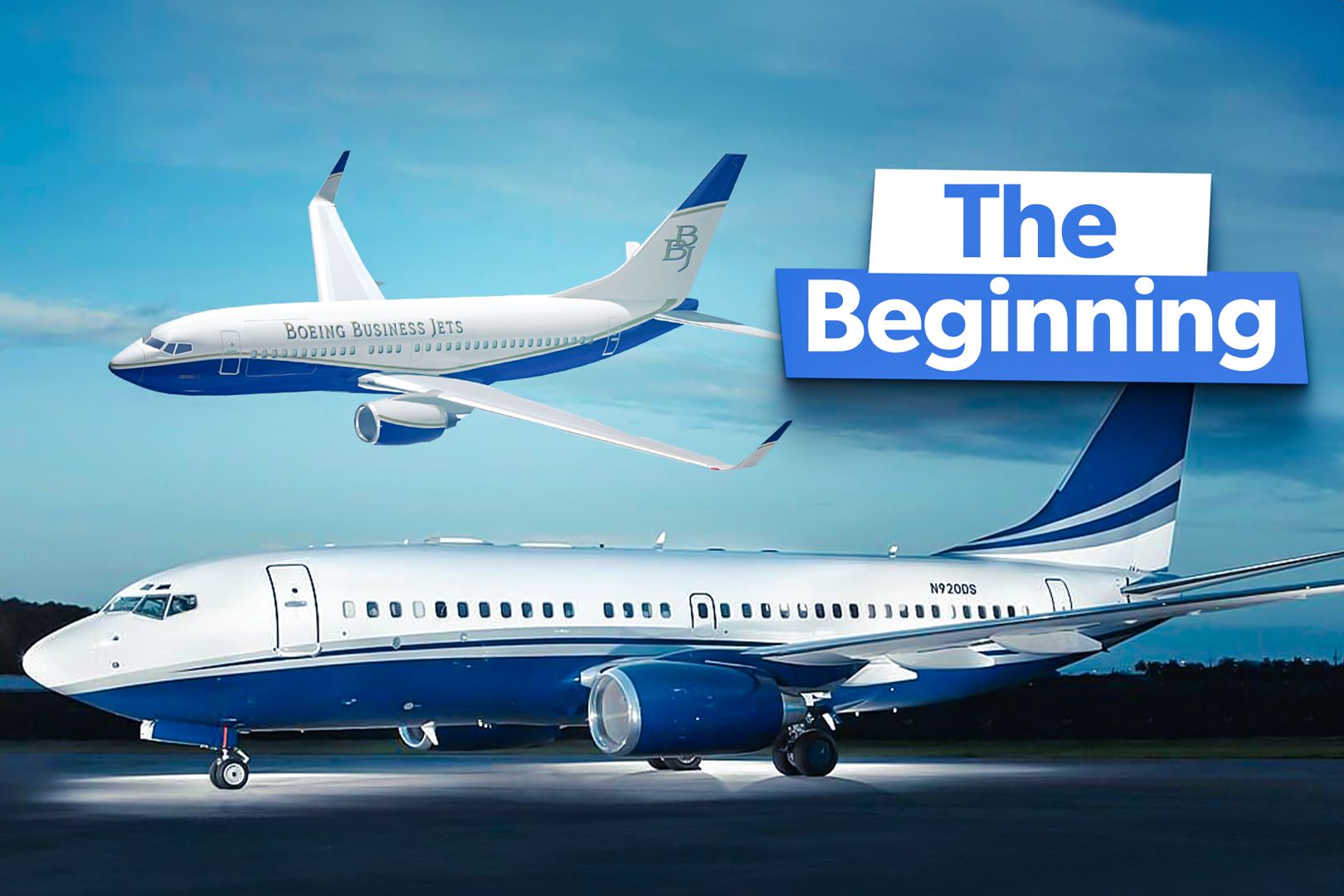
Related
How Did Boeing Business Jets Begin?
Boeing currently produces both the narrowbody and widebody BBJs.
Beyond the company’s dominance in the military and commercial industry, Boeing has also ventured into the private aviation market. In the late 1990s, Boeing decided to branch into this industry by converting some of its most popular commercial airliners into business jets for high-profile customers, governments, or large businesses. The first Boeing Business Jet (BBJ) was delivered in 1999 as an upgraded derivative of the popular Boeing 737-700 commercial aircraft, which was later designated BBJ1. Since then, Boeing has continued producing business jets from its popular commercial airliners.
The resulting business jets are some of the largest and most expensive business jets in the world, with over 250 total Boeing Business Jets (BBJs) delivered. Let’s take a closer look at some of the special business jets that Boeing has introduced. Let’s also take a look at how expensive these large business jets are to operate.
Types of Boeing Business Jets
As previously mentioned, the first business jet that Boeing introduced was the BBJ1, a derivative of the Boeing 737-700. However, significant improvements were made to the aircraft, including a lower cabin altitude and additional fuel tanks in the belly of the aircraft to increase its range. In the early days of Boeing Business Jets, the company also released the BBJ2, based on the 737-800, and the BBJ3, based on the 737-900ER. Overall, over 143 BBJs based on the 737 NG aircraft were built and delivered.
Photo: Mehdi Photos | Shutterstock
Boeing has since changed the narrowbody it provided to variants of its newer 737 MAX aircraft. These variants were offered beginning in 2018. This includes the following aircraft variants:
- BBJ 737-7 based on the 737 MAX 7
- BBJ 737-8 based on the 737 MAX 8
- BBJ 737-9 based on the 737 MAX 9
In terms of widebodied aircraft, Boeing currently offers two Boeing 787 variants, which are designated as the BBJ 787-8 and the BBJ 787-9. These are based on the famous Dreamliner aircraft and can reach ranges of nearly 10,000 nautical miles (11,507 miles).
Currently, Boeing also produces the BBJ 777-8 and the BBJ 777-9, which are based on the Boeing 777 commercial aircraft. The largest business jet in the world, however, will be replaced by the BBJ 777X once Boeing certifies the new variant, which is projected to enter service in 2025.
Lower-end operating costs of BBJs
There are many significant costs when operating an aircraft, specifically a business jet. These costs include fixed costs, such as crew training, crew pay, insurance, and hangar rental, which remain constant throughout the year. Other variable costs, such as the cost of fuel, maintenance costs, aircraft handling fees, and engine overhaul costs, vary depending on how often the aircraft is flown or how many hours the aircraft is flown.
The estimated operating costs are obviously lower for the smaller, narrowbody aircraft compared to the larger, widebody aircraft that Boeing produces. Typically, early models that were converted from the Boeing 737 NG aircraft have similar operating costs. Likewise, newer BBJ 737 MAX variants have similar operating costs.
Per Liberty Jet, the lower end of operating an older BBJ 737 variant may reach around $2.5 million. This is because the aircraft flies approximately 200 hours per year. The higher end of operating the BBJ 737 NG variants, which is operating the aircraft 400 hours per year, reaches just over $4 million.
Photo: Jet Aviation
Newer narrowbody BBJs have significantly cheaper operating costs and even rival purpose-built business jets that are smaller in size. These BBJ 737 MAXs utilize extremely efficient designs and also have an operator-friendly maintenance program. Boeing estimates that the operating cost per hour for these three aircraft ranges from $5,170 per hour to $5,630 per hour. Combined with the annual fixed costs, this amounts to around $1.8 million to $2.1 million when flying 200 hours per year. When flying 400 hours per year, this amounts to $2.8 million per year to $3.1 million per year.
Higher-end operating costs of BBJs
The larger Boeing Business Jets are significantly more expensive to operate. Obviously, larger jets require more fuel and power to operate and also have higher maintenance fees, which affects the variable costs associated with operating the business jet. The aircraft also requires a more expensive crew, larger hangar space, and handling fees, which affects the fixed costs associated with owning a business jet of that size. These add up to more expensive operating costs overall.
Photo: Boeing
The different variants of some of the offered BBJs have a wide range of operating costs. According to Boeing, the currently offered BBJ 777s cost an average of $10,000 per hour to operate. Along with the fixed costs, which hover around $1.5 million annually, this reaches $3.5 million annually when flying 200 hours and $5.5 million annually when flying 400 hours.
In comparison, the older BBJ 747 can reach much higher prices. Some estimates, per Executive Flyers, place this operating cost at nearly $18,000 per hour. This reaches over $5 million annually when flying 200 hours per year and over $8.5 million when flying 400 hours per year.

